The Cairngorms is the UK's largest and most sparsely populated national park. Made up of the Cairngorms mountain range itself, in addition to the Angus glens and the beautiful Strathspey region, the park covers an area of over 4,500 square kilometres which includes five of the UK's six highest peaks.
With more deer than people, the Cairngorms is situated in one of the emptiest parts of the UK: this is no bustling Lake District hillside with quaint coffee shops closeby. Tebay, and indeed, anything remotely to do with queuing, are but mere memories in this wild, untamed and vast countryside. And you should definitely make it part of your itinerary when visiting Scotland.
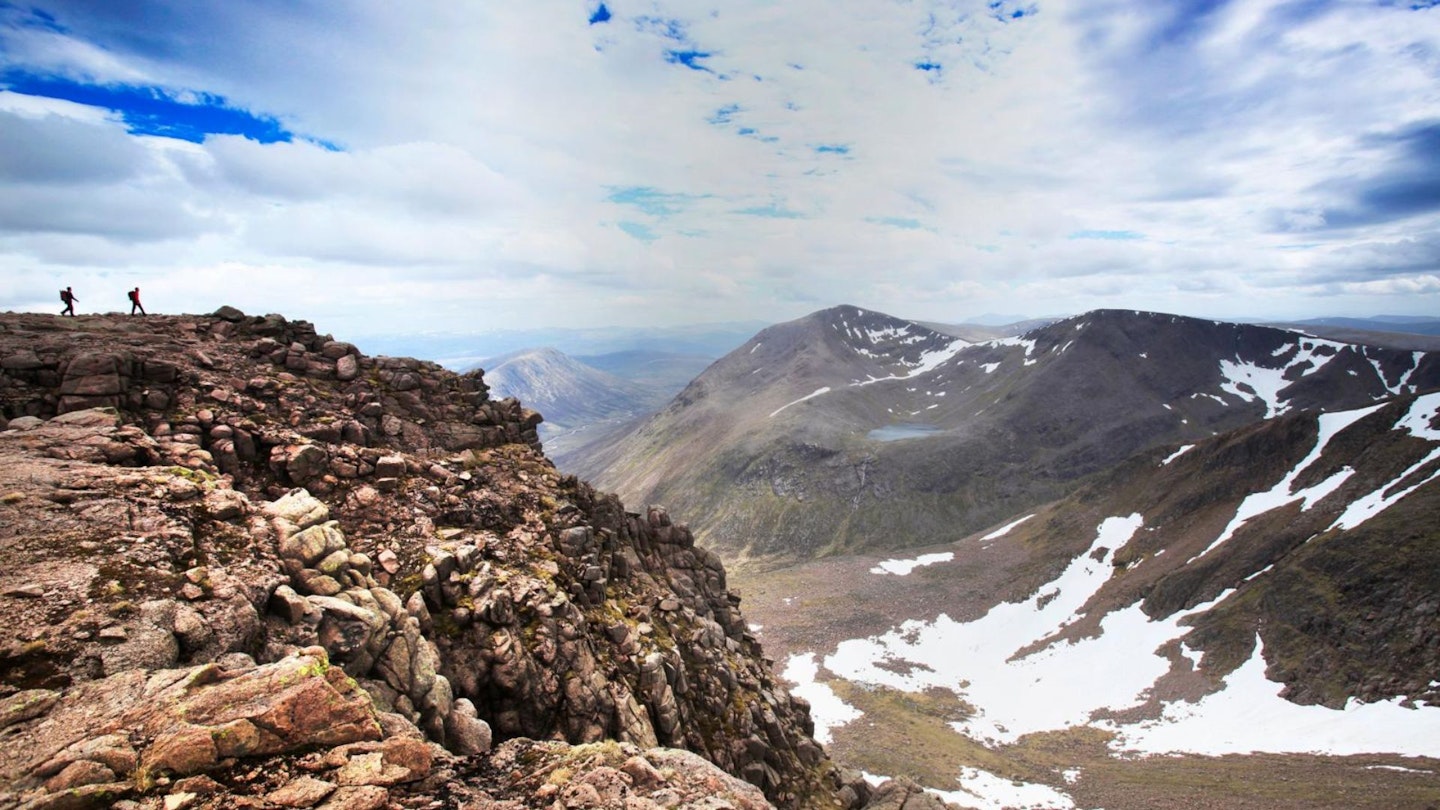
There's a hell of a lot to see and do in the Cairngorms, with the natural world being the very centre of attraction here. If you're into theme parks and shopping, then the 'gorms certainly won't be for you. But if there's nothing more thrilling to you than catching a glimpse of a golden eagle, romping up a snow-capped peak, or staying in a haunted Bothy, then you'll have a magical time in the highest UK mountain range. Below is our full guide to enjoying the Cairngorms, from a quick geography lesson, to activities, accommodation, food, wildlife, and walking.
Location and geography
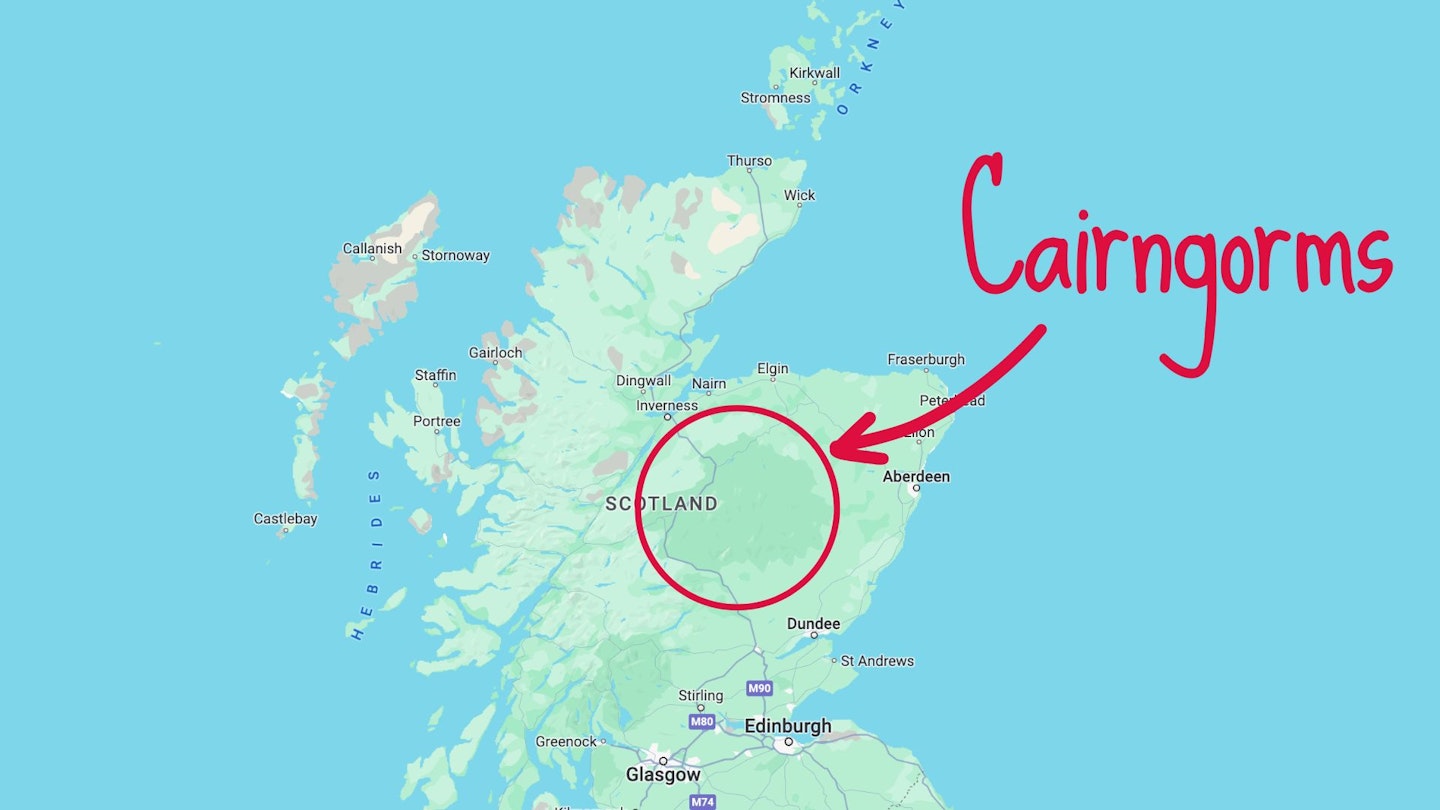
The Cairngorms is located in the central north eastern part of Scotland and forms a glacial landscape of three distinct but linked plateaux. There are two main rivers, the Spey and the Dee, which flow into the Murray Forth and the North Sea respectively.
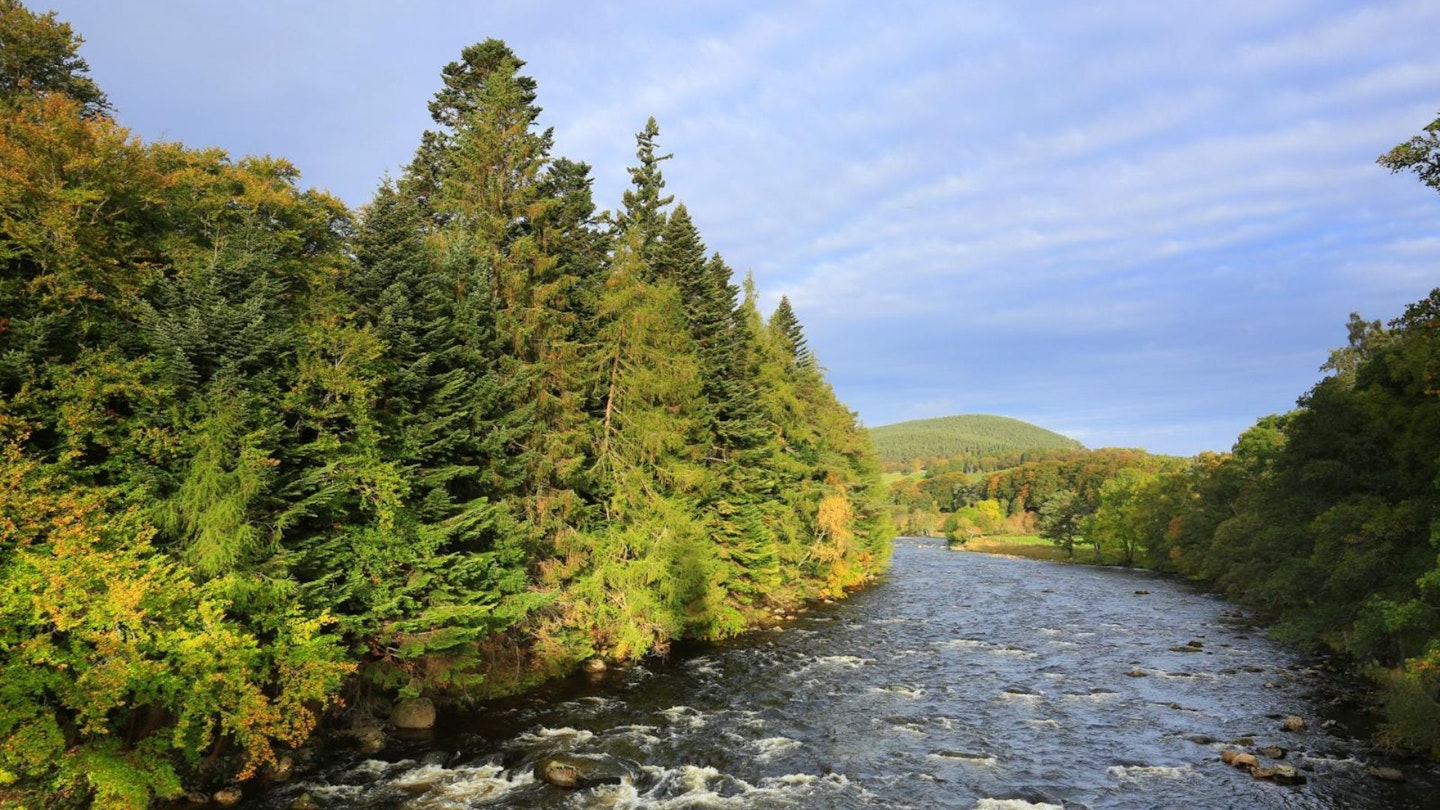
Despite being relatively small in comparison to many of the mountain ranges of the world, the Cairngorms records some of the most arduous and extreme conditions, and the barren arctic tundra environment can be very harsh in both winter and summer. In the glens (valleys) of the Cairngorms, native Caledonian pines and deciduous birch forest can be found, which supports some of the UK's rarest wildlife. Unlike many of the UK's national parks, there are just as many activities on offer in winter as summer, with Aviemore becoming as close to a ski resort as we can get here in the UK.
Roads, towns and villages
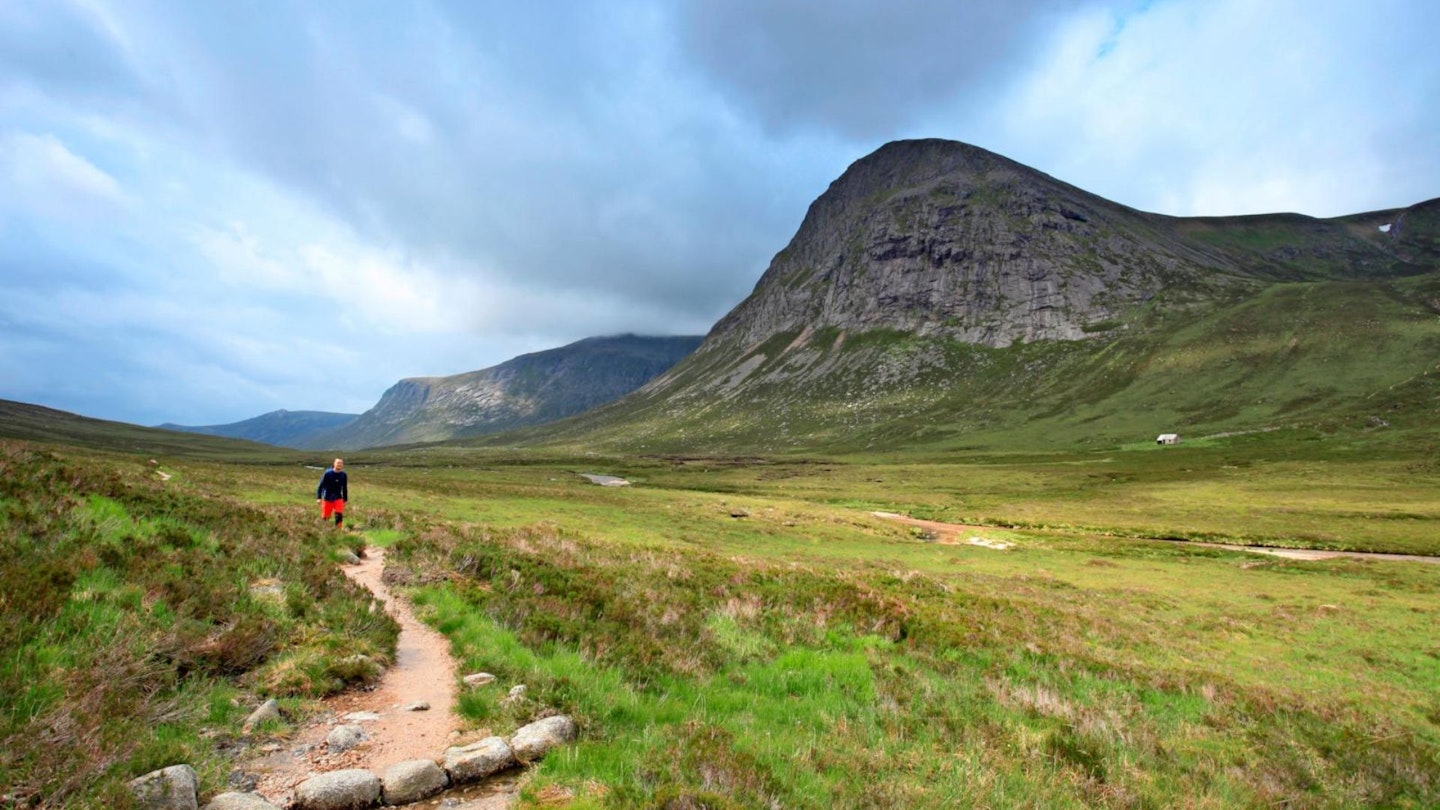
There are no public roads which dissect the centre of the Cairngorms. The A9 runs through the western edge and The Lecht (Old Military road) skirts on the eastern edge, connecting the Northern 'gorms with Glenshee, Braemar, Ballater and the rest of sunny Aberdeenshire to the east. There are, however, two mountain passes which run north to south: the famous Lairig Ghru, which is now used recreationally as a short-distance through-hike, and the slightly less famous Lairig an Laoigh.
If you had to name a town as the capital of the Cairngorms, Aviemore is your answer. It's the largest population centre in the region and offers easy access via Corrie Cas to the Cairngorm Plateau which include some hefty 4000ft mountains, such as Ben Macdui and Cairn Gorm itself. It's well connected to the rest of Scotland by train and bus.

Aviemore has three large supermarkets, plenty of outdoor shops, a bunch of bars, cafes and restaurants, kit hire, and a wide variety of accommodation. It's also very easily accessed from the A9. Smaller surrounding villages run along back roads parallel to the A9 – these include Feshiebridge, Kingussie, Kingcraig and Carrbridge, and offer a more limited but more quaint selection of hotels, cafes and shops.
To the East, however, things get a little more regal. The Royal Deeside region includes shortbread-tin (like chocolate box, but Scottish) villages such as Banchory, Ballater and Braemar. These were favourite places for Queen Victoria to visit from her Caledonian HQ of Balmoral Castle, hence the name of the area.
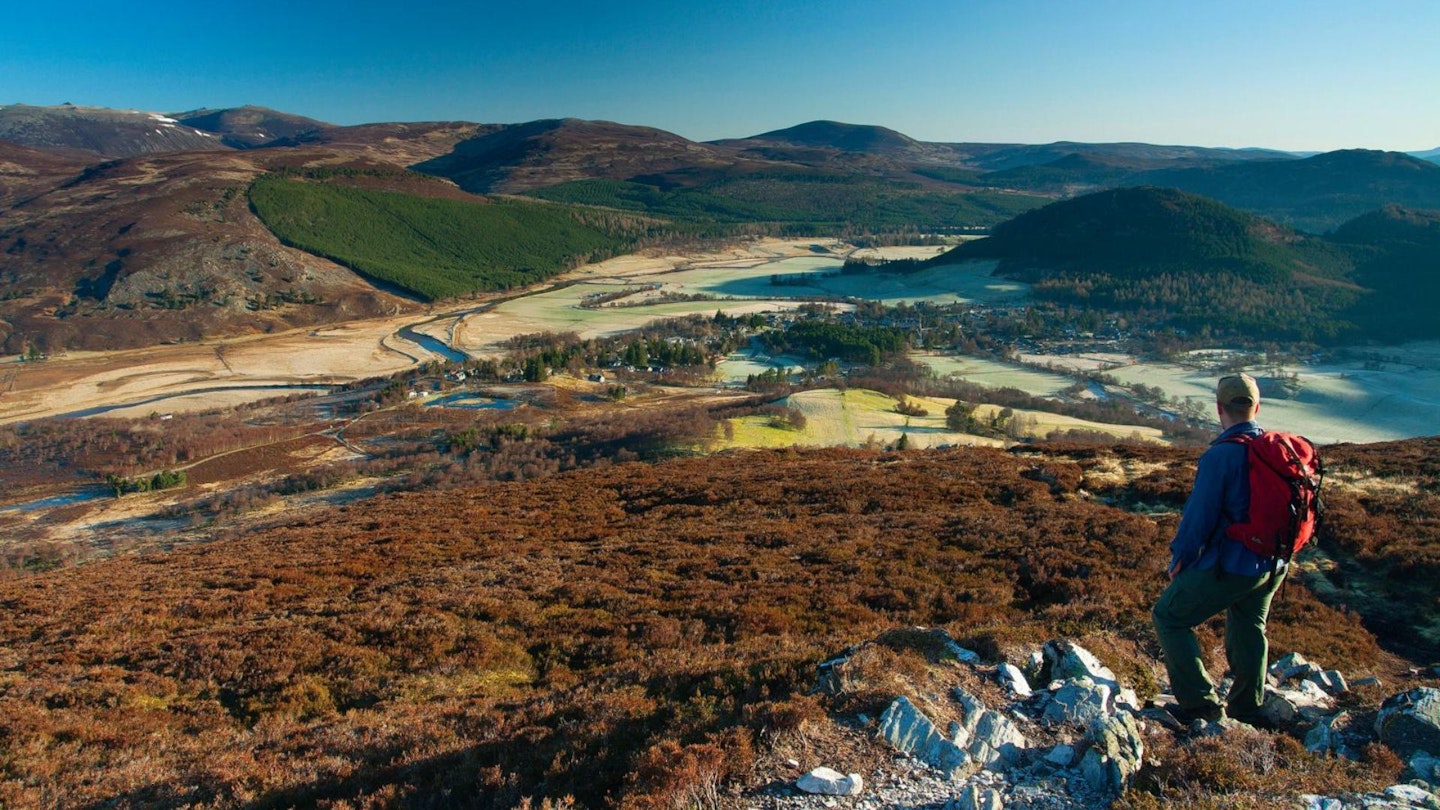
If you fancy going fishing or prefer more gentle, wooded walks over seriously barren hillwalking and mountain trad climbing, then this region is for you. That said, Lochnagar, Mount Keen, The Lecht Ski centre and the very quiet Angus Glens are also found in the eastern part of the Cairngorms National Park, and offer some brilliant days out for hardcore walkers, mountain bikers, skiiers and and climbers too.
Outdoor activities in the Cairngorms

Walking, running, biking, climbing, skiing, wild swimming, kayaking, canoeing, SUPing: you name it, the Cairngorms National Park offers the perfect environment for any adventure sport. With three of Scotland's five ski resorts situated here, it's built for high-adrenaline days spent outside – whatever the weather can throw at you.
Watersports

When it's murky up in the hills, but the wind is still behaving reasonably, we love a day out on the water. Loch Insh watersports centre offers among other activities, canoe, stand-up paddleboard or kayak hire: paddle out to the island in the middle of the loch to spot the breeding pair of ospreys. Other water-based activities in the Cairngorms include tubing, and there's a fishing lake too. River fishing guides also abound; enquire at the tourist information centres to book a 1-2-1 session for a day.
Skiing and mountain biking
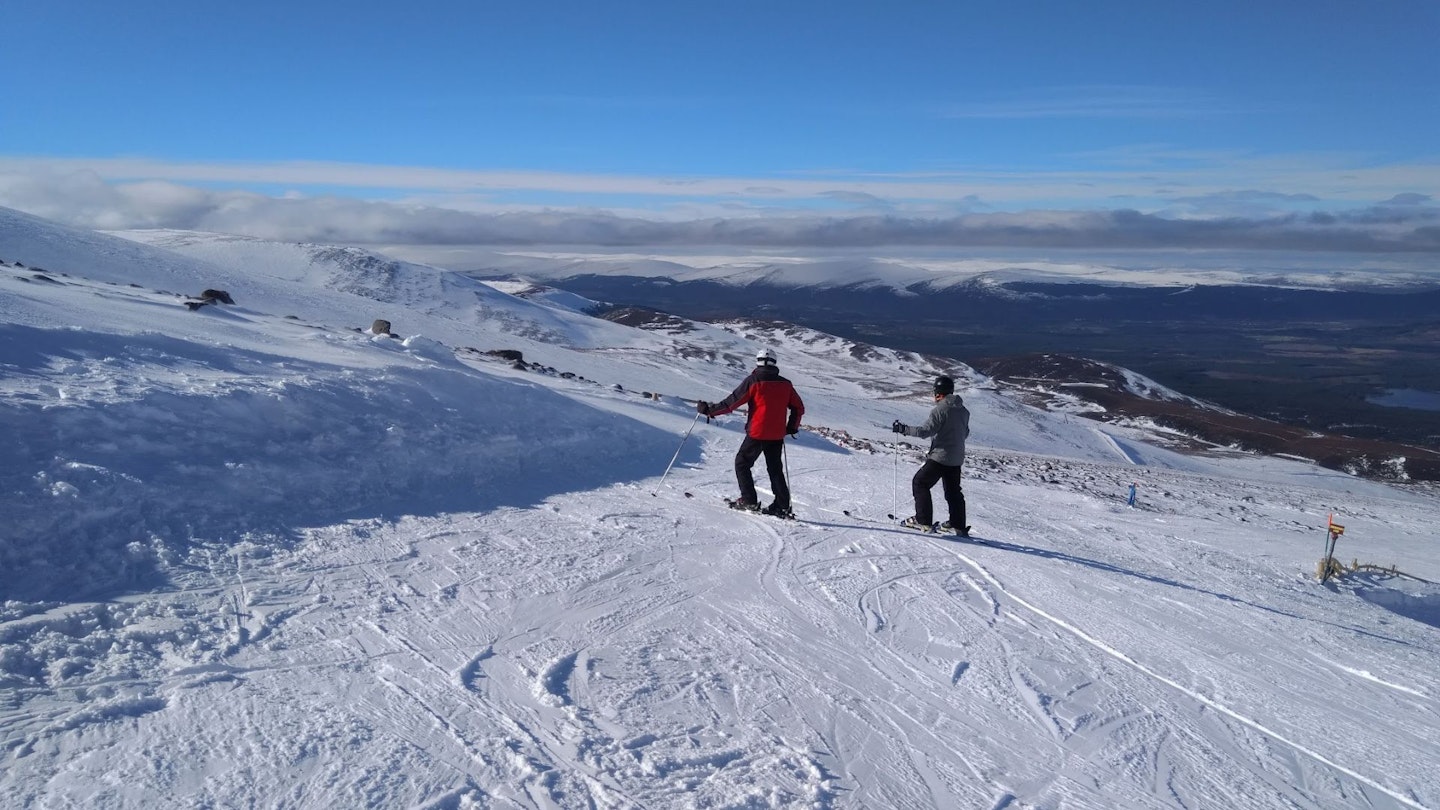
The three Cairngorms National Park ski centres are Glenshee, The Lecht and Cairn Gorm, whose lifts open in accordance with the weather conditions. And while the snow can sometimes be more miss than hit, we've had some of our best days in the mountains in these ski resorts. If you're a tourer, an initial uplift from a tow or a chair can be a lifesaver in terms of saving energy throughout the day.
Most popular of the three resorts, due to proximity to the A9, is Cairngorm Mountain Ski Centre which also doubles as a mountain bike park in the summer. Book a ski lesson if you need a refresher, or simply do away with skill and just go sledging. The centre is also the location of the car park for access to the Northern Corries, a haven for climbers and mountaineers in all seasons.
If the weather in the hills is a bit grim, but there's still plenty of snow to be had, then you could consider hiring some Nordic skis and getting on the flatter trails on the low level around Glenmore. It's a real workout!
Best Cairngorms walking trails

The Cairngorms offer a multitude of walking trails suitable for all levels of fitness and experience. Our favourite easier walk is the circular Loch an Eilein trail near Aviemore. It's 4.5km and mostly flat, circumnavigating a picturesque loch with a 13th-century island castle in the middle. The castle is only accessible by water, and the loch is popular with paddleboarders and swimmers. Parking is payable on arrival by both card and cash.

For an even more gentle option, the Ellan Wood Trails in Carrbridge offer some great smaller walks, providing a number of short trails through ancient woodland with information panels along the way. While you're in Carrbridge, do admire the impressively steep stone bridge over the river in the middle of the village. If you happen to visit in early October, look out for the national porridge-making championships, where porridge enthusiasts compete for the Golden Spurtle.
Moderate walks
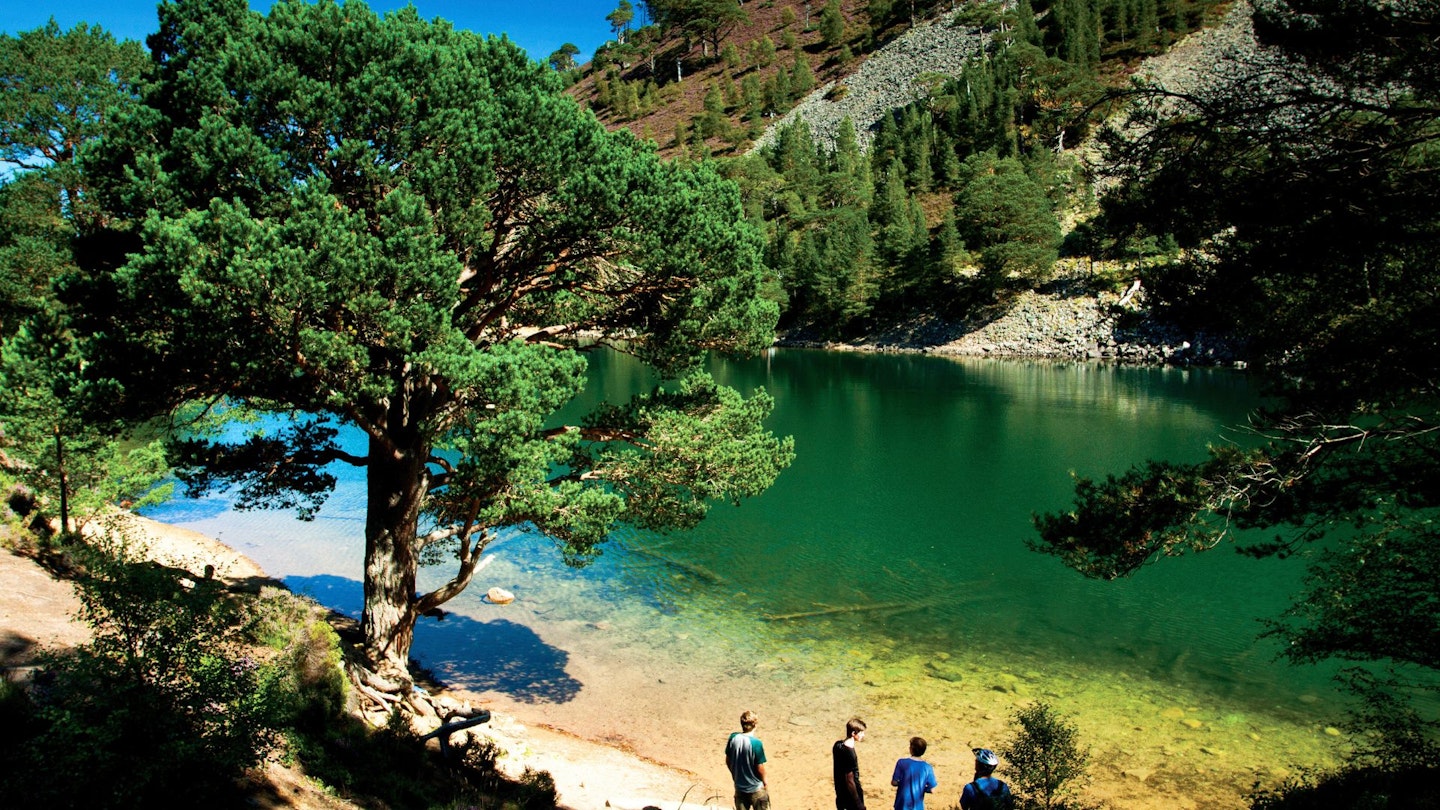
There are a host of Corbetts to go at in the Cairngorms, if spending 8-9 hours doing a couple of 4000ft peaks doesn't much appeal. Our favourite moderate walk is Meall a Bhuachaille, starting from Glenmore, which takes in 543 metres of ascent over an 8.5km loop, and passes An Lochan Uaine, which glows bright green due to algal activity. This walk includes Ryovan bothy as an early lunch stop or refuelling station just before heading up the summit.

Contrary to popular belief, summiting Cairn Gorm itself is actually a moderate undertaking of around an 11km round-trip – perfect if you're new to peak bagging but don't fancy continuing the loop to Ben Macdui. By following the path up Corrie Cas, dodging ski-centre paraphernalia, you can get up and back in a couple of hours, but the more scenic route is to go via the Northern Corries and up the Coire an t-Sneachda path, which takes you into the magnificent glacial moraine left behind by ancient ice-flows.
Challenging hikes
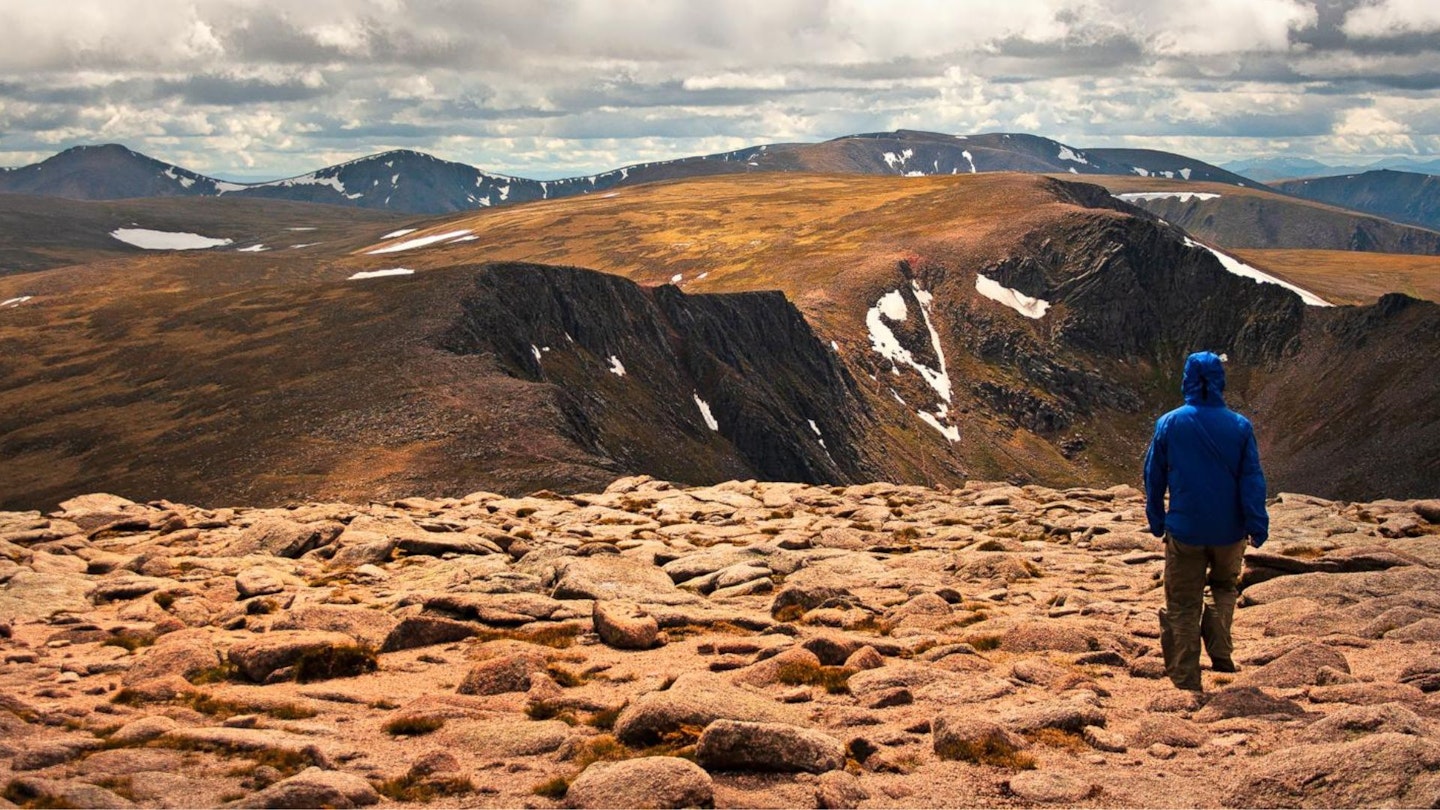
For experienced hikers, tackling Ben Macdui, the second-highest peak in the UK, provides a strenuous but rewarding romp with panoramic views from the summit. Make it a really fun day out by scrambling Fiaciall Ridge on the way to the first summit of Cairn Gorm. The ridge starts off fairly easily, but gets a little spicy towards the end. Good navigational skills are essential for the Cairngorm plateau, as the weather can close in very easily, obscuring all views and features.
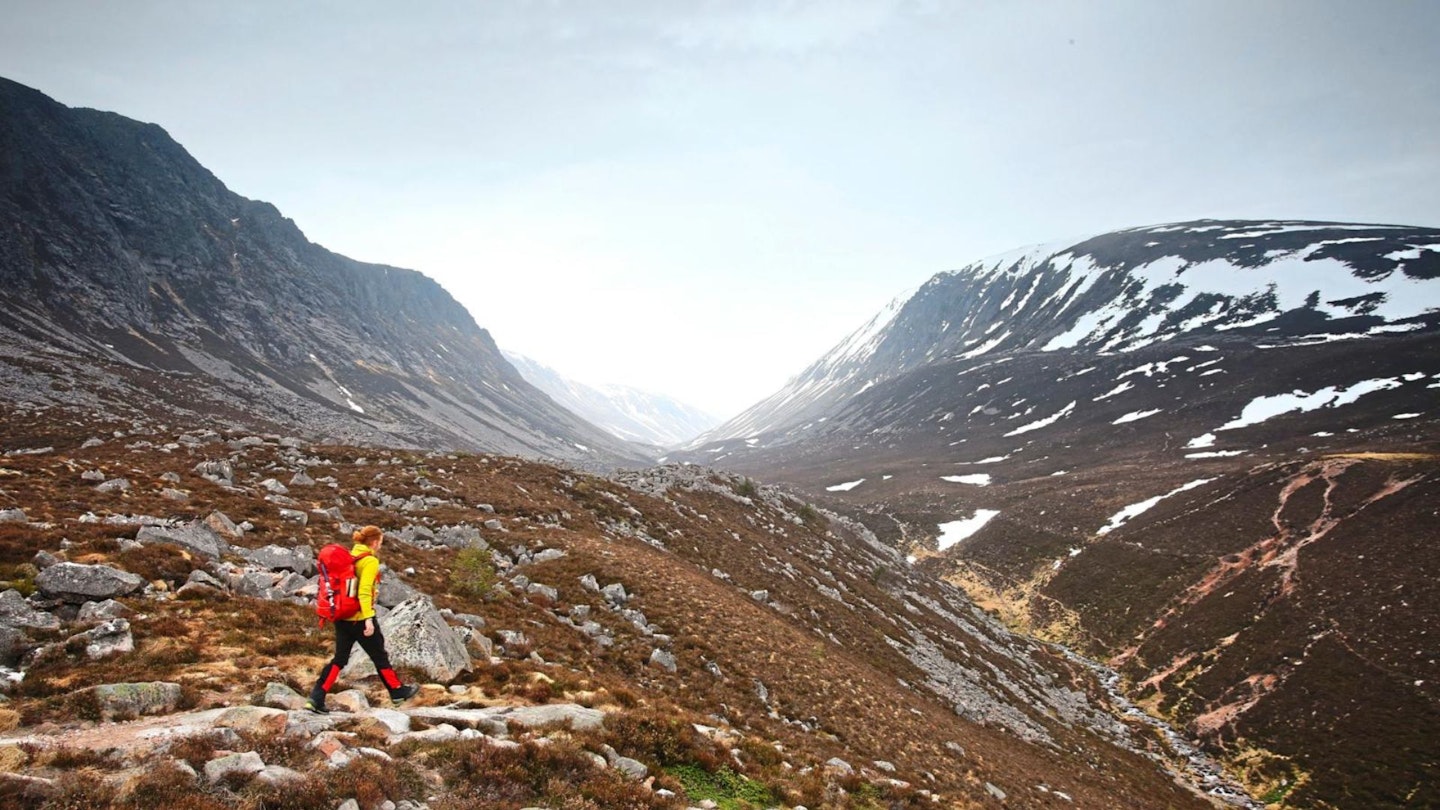
For through hikers, the ancient Lairig Ghru (above) is a challenging 30km route through a mountain pass, offering a dramatic landscape and a true wilderness experience if you walk it over two days. Happily, the famed Courrour bothy is a great overnight stop in the middle.
Cairngorms accommodation

Whether you're after a luxurious retreat, a mid-range hotel, private lodges, glamping pods, or budget-friendly options such as bothying, wild camping, huts or youth hosteling, the Cairngorms offer a diverse array of places to stay.
The majority of actual buildings with luxuries like hot water, insulation and plumbing are situated in either Royal Deeside or along the A9 near the central town of Aviemore, but bothies, campsites and huts are scattered along back roads throughout. There are also a few guesthouses and hotels in the Angus Glens, but holiday cottages are more common in these quieter parts.
Booking.com and Expedia are good places to start looking for accommodation options and good deals.
Budget-friendly options
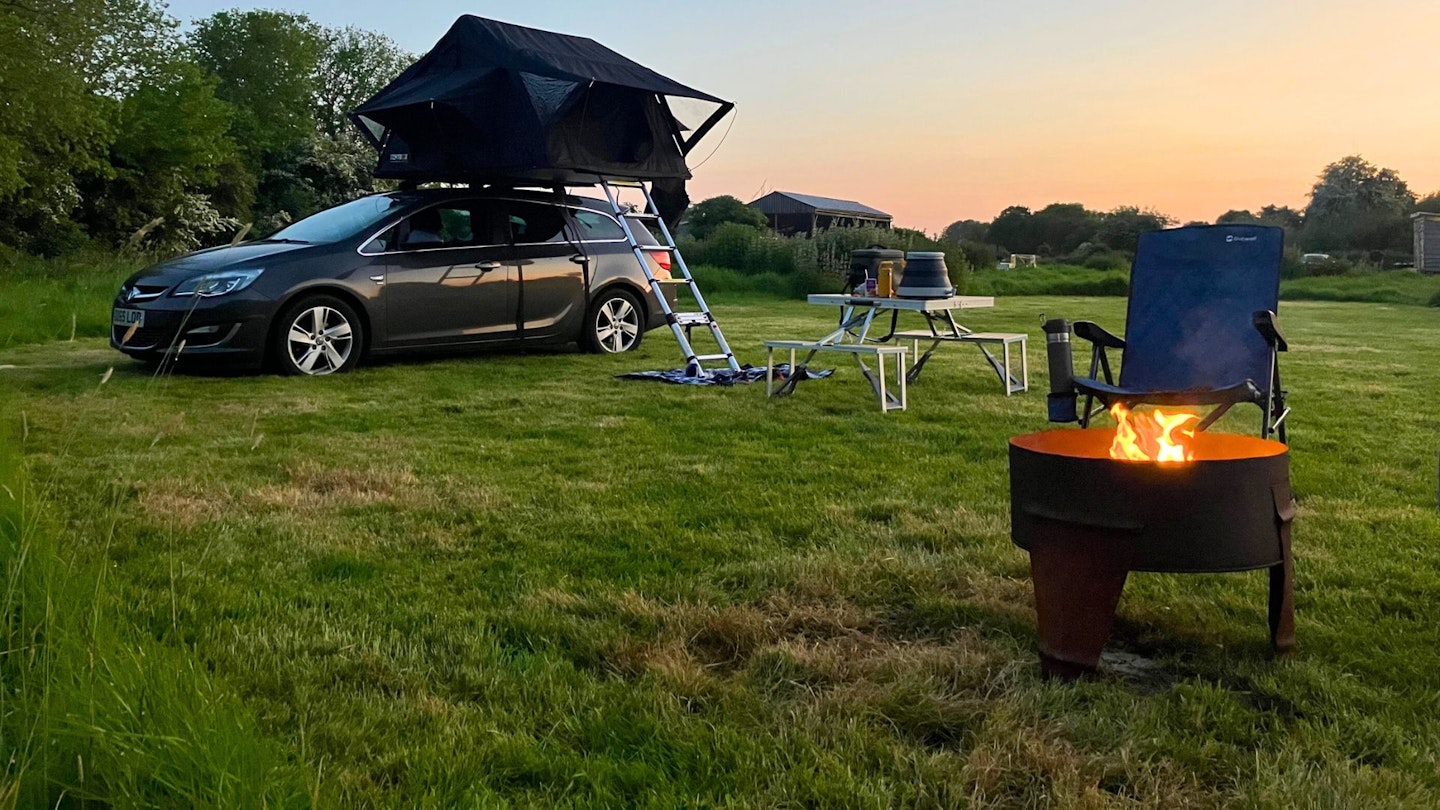
Travellers on a smaller budget are in luck - there's lots to go at for around £25 per night here. The Cairngorm Lodge Youth Hostel in Glenmore is a perfect example of convenient, clean and well-run gaff and Aviemore Youth Hostel also provides economical accommodation, with easy access to local attractions and public transport. With affordable rates and large communal kitchens, both hostels are ideal for hikers and backpackers who want a bit more comfort than a campsite - of which there are of course many.
If you are looking to camp with a family, (and take some midge-precautions between June and September) then the campsite at Loch Morlich is great, as is Cairngorms glamping and campsite over in Strathdon to the East. There's also a myriad of pods and glamping lodges, as well as caravan club sites all over. Perfect if you don't want to spend huge amounts but still fancy the idea of having a shower and access to a fridge.
Free accommodation in the Cairngorms
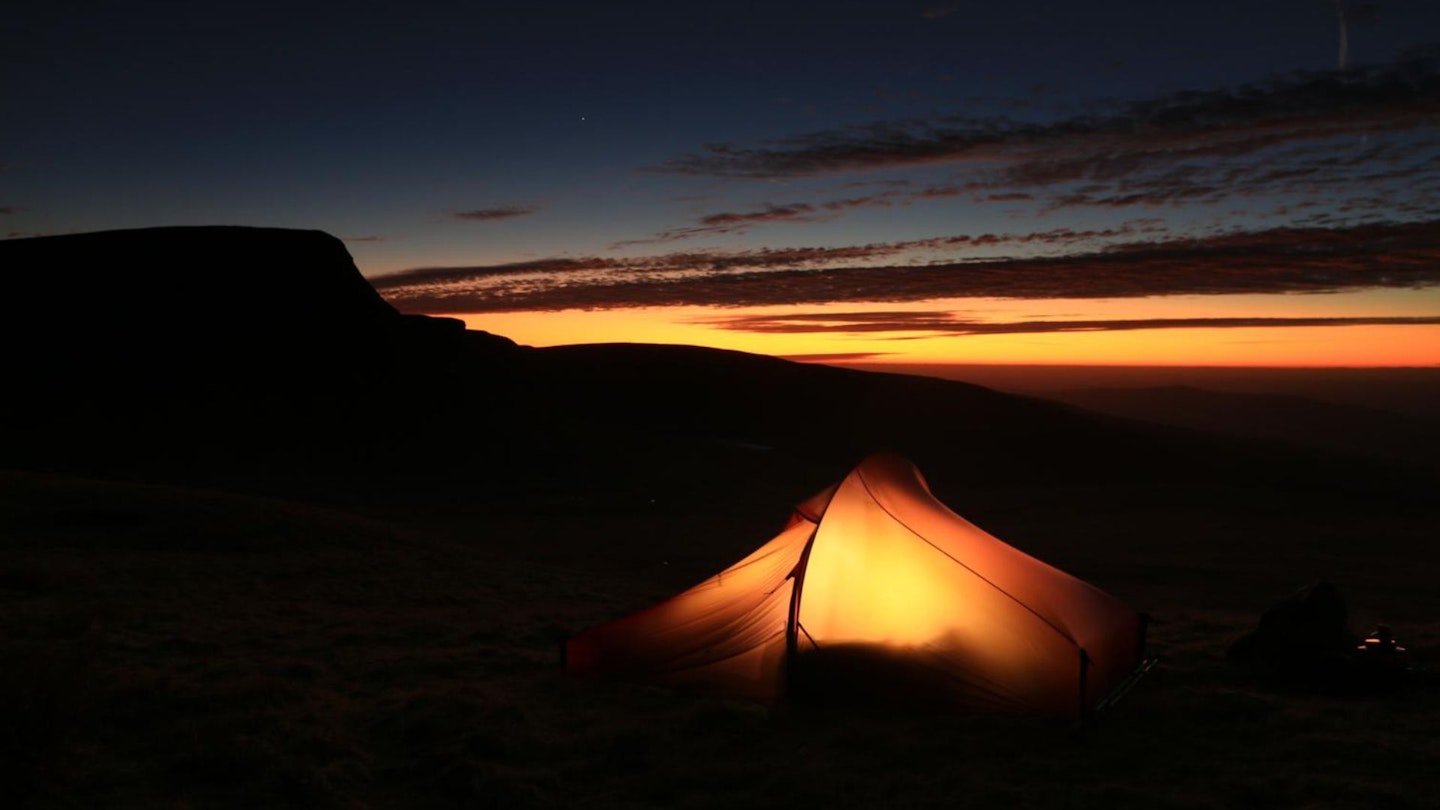
If however, you don't care much for personal hygiene or indeed, fridges, Scotland's right to roam rules offer amazing freedom in terms of wild camping. For a truly immersive experience in one of the UK's most unique natural landscapes, head off into the hills and pitch your tent somewhere stunning - perhaps on the edge of Lochnagar, or up Glen Clova along the beautiful burn. If you'd prefer to settle yourself in a hammock between ancient Caledonian pines, you're at perfect liberty to do so. Take that, Peak District.
With its vast network of trails and diverse wildlife, wild camping here allows you to explore remote areas, spot red deer and golden eagles, and enjoy the peace of star-filled nights - the Cairngorms boast some of the lowest levels of light pollution to be found in the UK. Of course if you do wild camp, it's essential to follow the Scottish Outdoor Access Code and familiarise yourself with the Wild Camping Code, which emphasises respect for the environment and landowners, ensuring that this pristine wilderness remains unspoiled. Leave only footprints, take only photos, kill only time.
Cairngorms bothies
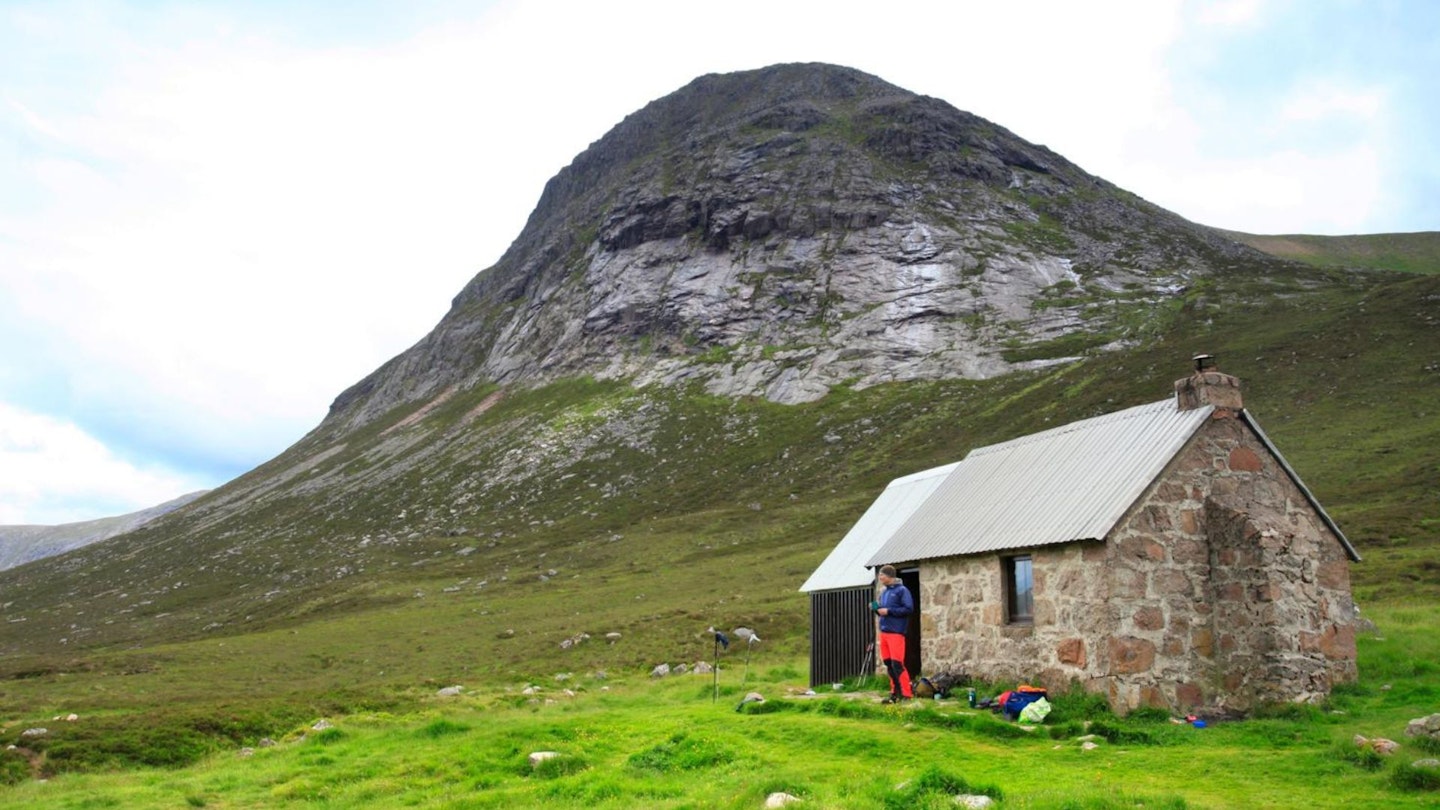
Bothies are some of Scotland's most sacred public spaces. Offering a complete digital detox, plus the chance to get to know fellow bothyers, share whisky and tell ghost stories, a night in any bothy should be at the top of any outdoor lover's bucket list. Here's our guide to bothies where you'll discover what they are, how to find them, and how to use them respectfully.
The Cairngorms has a multitude of bothies, from Scotland's poshest bothy, Ruigh Aiteachain in Glen Feshie, to literal sheds (looking at you, Jack's Rake) to one of the most famous bothies of all time: Corrour (above), slap bang in the middle of the Larig Ghru. It's up to you to find them and get to them, but here at LFTO we're huge fans of bothies, and highly recommend you take some whiskey and a trowel and stay a night or two.
Wildlife spotting in the Cairngorms
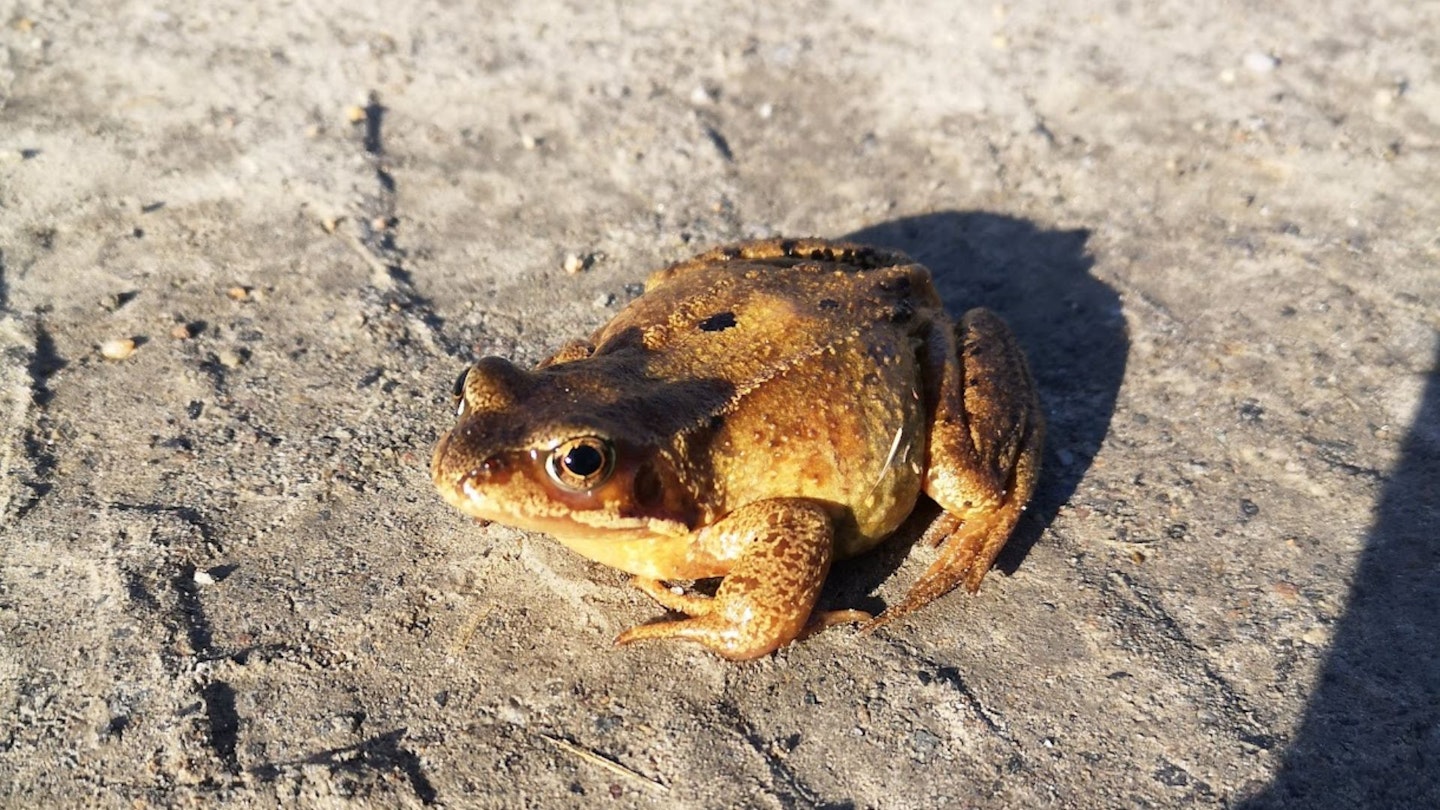
The Cairngorms are a haven for wildlife enthusiasts, offering some of the best opportunities for spotting rare species in the UK, including rare grass species and mushrooms. Sticking to Animalia, however, the park is renowned for its bird of prey population. From red kites, to golden eagles, to perigrine falcones, bring the binoculars and you're sure to spot something large and impressive circling the skies in search of mice or rabbits.
Closer to the ground are other birds such as black grouse, plover and of course, the elusive capercaillie, once thought to be extinct in this region. If you want the best chance of seeing capercaillie, venture into the Caledonian pine forests early in the morning - we've seen them in the forest at Rothiemurchus when staying at Lagganlina Lodges.
Ptarmigans and grouse, on the other hand, are found higher up in the mountain ranges - you'll often disturb them while walking and they explode upwards in a plume of chattering feathers. It's very important to keep dogs on a lead between April and August, which is the nesting season for these ground-dwelling birds.
Mammals
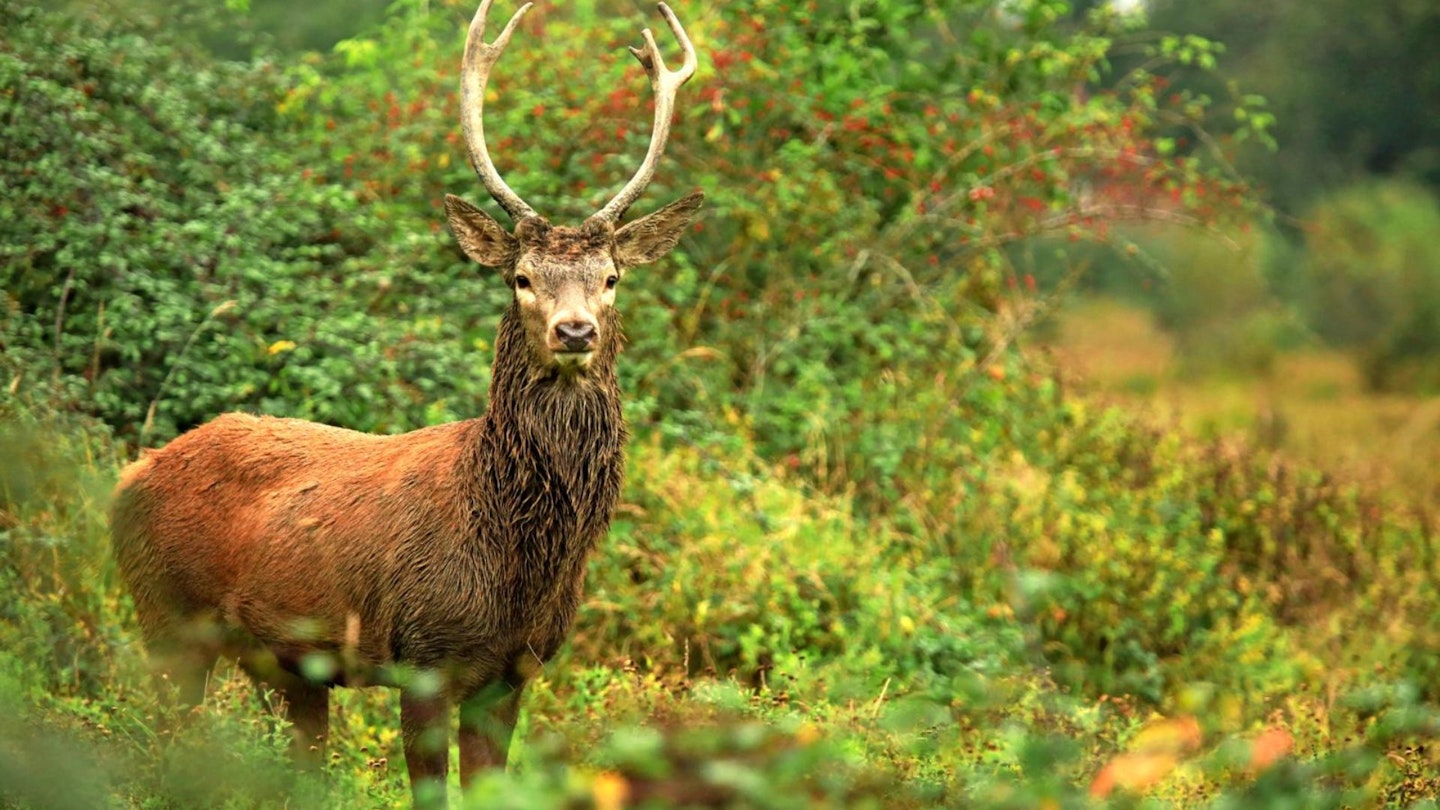
In addition to birdlife, there is an abundance of mammalian species in the Cairngorms. The largest are red deer, but you'll spot fallow and roe deer here too. The best time to see them – especially the majestic red deer – is during the autumn rutting season when stags compete for mates. There is, however, a huge overpopulation problem in the Cairngorms when it comes to deer, so you can always do your part by eating them when you see venison on the menu at local restaurants.
The Cairngorms also boasts the UK's only herd of reindeer. These are somewhat managed rather than being entirely wild, but they are free to roam around the centre at Glenmore. You can book a spot to go and see them with a guide here. Reindeer aren't available to eat at local restaurants, for anyone wondering.
The Cairngorms also boasts a thriving population of the beautiful native red squirrel, which has mostly been eradicated by the bullying non-native grey variety. Red squirrels are utterly adorable, but more timid than their grey cousins. If you stay somewhere with a garden and a bird feeder, you're more likely to see them than if you're just out and about for a walk.
Pine marten, water voles, beavers and otters are also frequently sighted in and around the forests, lochs and rivers of the Cairgorms. However, if you spot an American mink (they look like fluffy, miniature otters; closely related to stoats and weasels), do report them to the local authority, as they're an invasive species.
What to eat
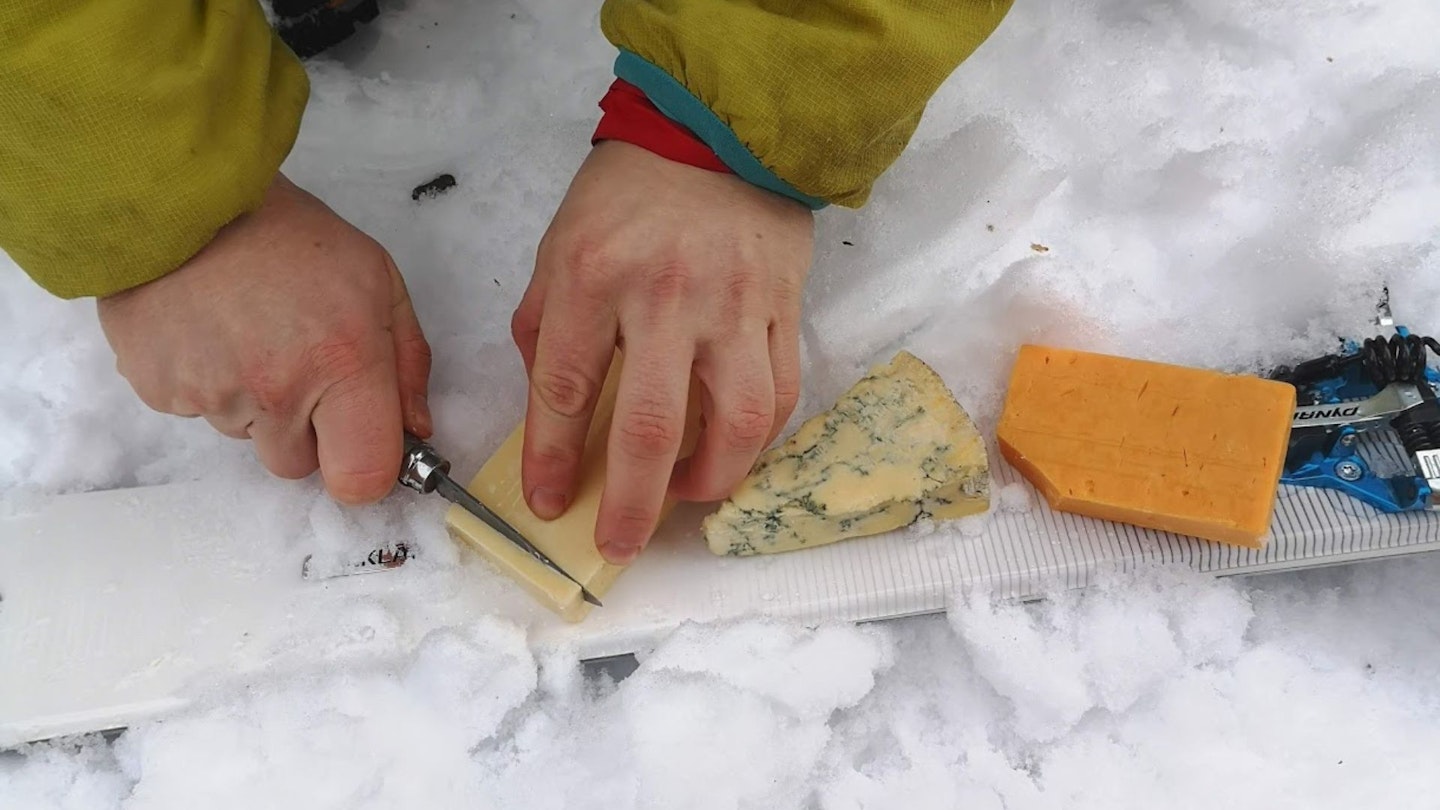
The Cairngorms boast a rich culinary scene that highlights local produce and traditional Scottish fare. You can make the most of the fridge-like temperatures in winter, and bring yourself a cheeseboard while skiing but to make the most of your visit, and to help the local economy, we suggest you eat out at least once or twice.
Dinner
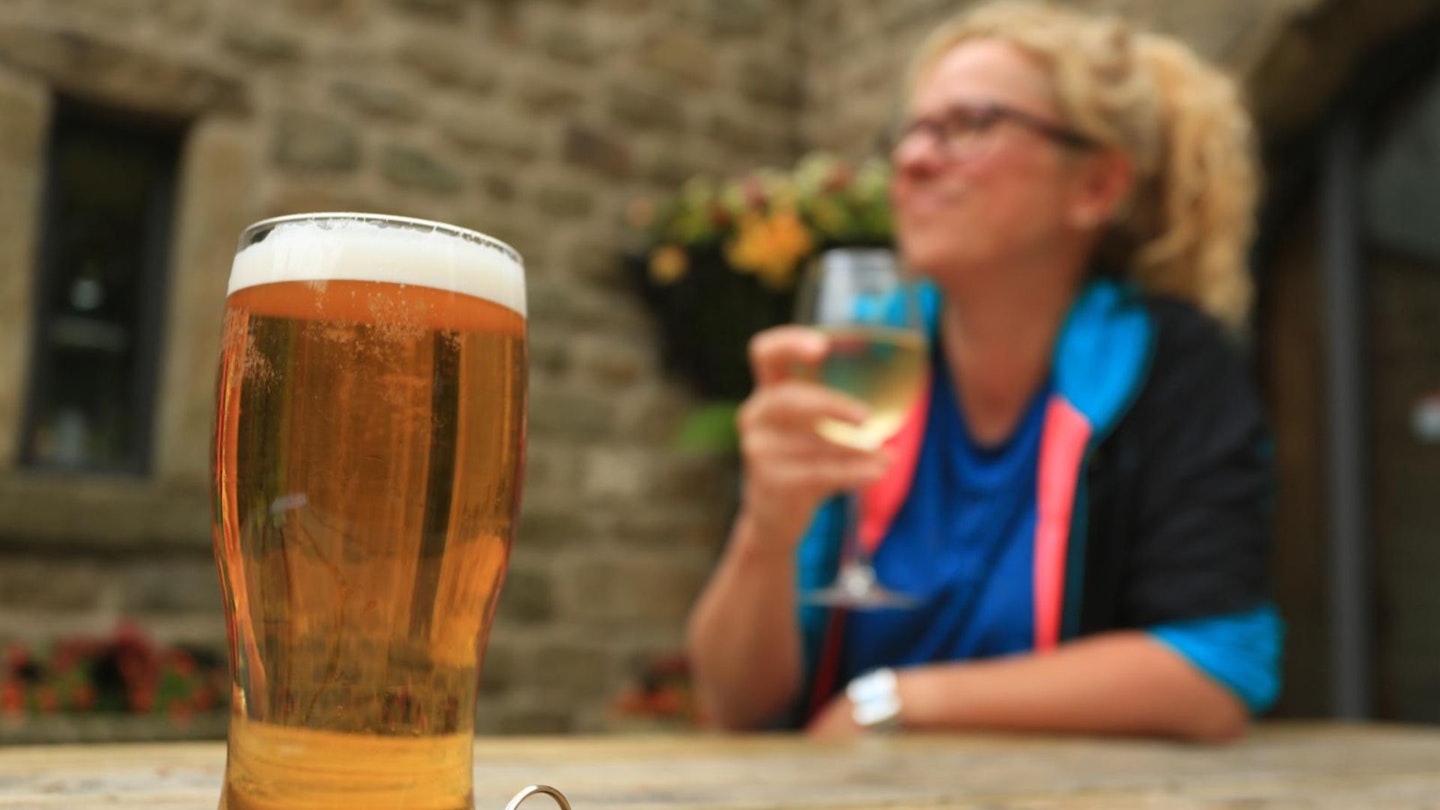
The Old Bridge Inn in Aviemoreis a popular choice for hearty meals and a wide selection of local beers, not to mention local whiskies. Its Speyside setting adds to the charm, but be sure to book a table in the summer months as she does fill up quick.
Another great dinner option in Aviemore is the The Rowan Tree Country Hotel Restaurant. It serves fancier food than pub-grub, but everything is still grounded in solid, Scottish cooking with a focus on local ingredients. Service is excellent, but it's the sort of place you probably shouldn't turn up to in your walking clothes.
There is, however_,_ La Taverna, an all-you-can-eat Italian buffet as you come into Aviemore, which is a perfect place to refuel after a long and arduous day in the mountains. Come and gorge on pizza, pasta, olives and salads, with tiramisu for pudding.
Cafes and bakeries
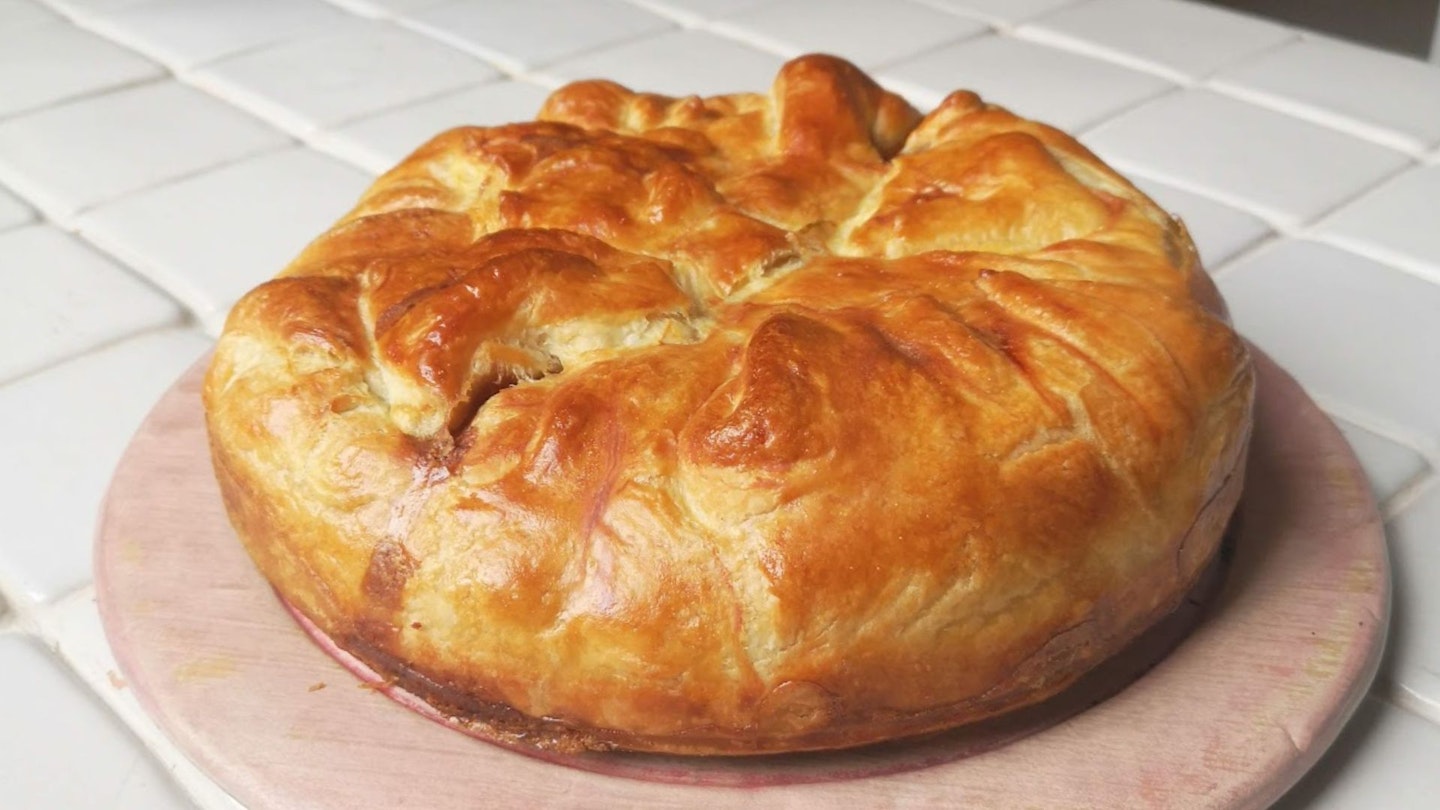
For a lighter meal or snack, Route 7 Cafe in Aviemore is top-rated for breakfasts, light lunches, and cakes. It’s a favourite among both locals and tourists.
Down the road a wee bit Kincraig’s Old Post Office Café Gallery provides a unique combination of art and food, offering homemade cakes, soups, and sandwiches in a delightful setting. Everything is made fresh to order, and their outside paved terrace is lovely to relax on after a day out on the mountain bikes, or slogging up the hills.
For an exceptional dining experience, visit The Rothesay Rooms in Ballater. This eatery, supported by the Prince of Wales, offers a very royal afternoon tea, with delicate sandwiches, pastries, petis fours, and optional prosecco. You'll need to ring ahead for the afternoon tea, but if you're just popping in for a scone you're in for a lovely Highland welcome anytime.
About the author
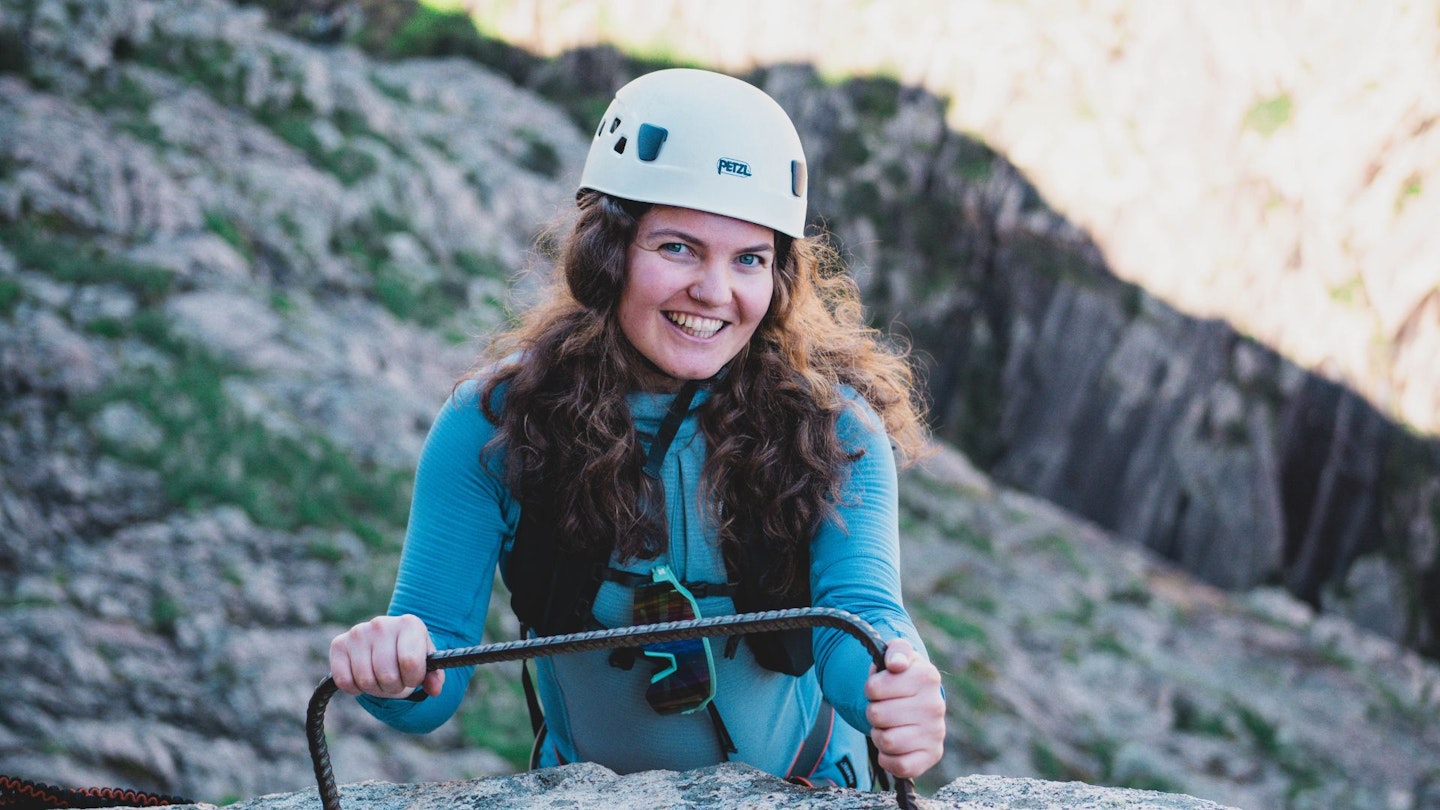
LFTO writer Fliss Freeborn has spent more weekends in the Cairngorms than she cares to remember. Having been a member of the Edinburgh University Mountaineering Club in her recent youth, she spent many days scaring herself winter climbing in the Northern Corries before selling her axes in 2020 and switching to ski touring. She's a big fan of the quieter Angus Glens for walking, loves running around both Loch an Eilen and Loch Morlich, and will on occasion be spotted paddling down the Spey.
